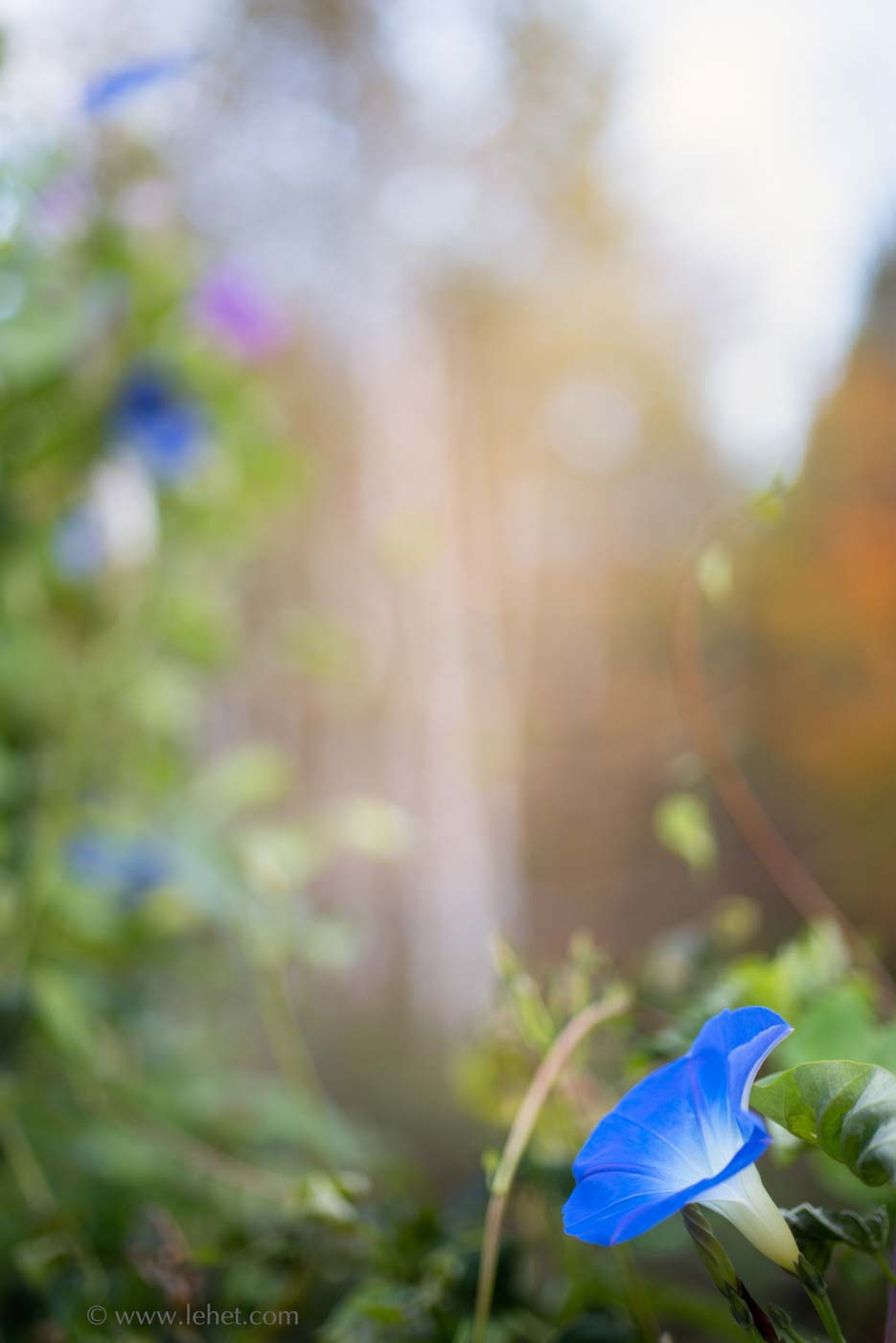As I’ve mentioned before in the blog, I’m a fan of ukiko-ee (“floating world”) woodblock prints. A friend, Matt Brown, who is a master of the medium, recently gave me the opportunity to take a workshop on how to make them. (If you are interested, you can contact him through his website, which I designed for him in the 90s (!) and still maintain in fits and starts). I had to think long and hard. He suggested that I could make my vision more special, because the woodblock prints are rarer.
But the more I thought about it, the more I thought, you know, I really love photography. Maybe it is less special, since anyone has some kind of camera in their pocket. I thought, better to keep applying myself to something I can do well, instead of taking up something that will take me a long time to be as good at.
I thought about the range of my pallette as a photographer. A lot of successful photographers have a thing, one thing, that they try to be known for. But I love the range of possibilities, the whole spectrum, from the different ways that lenses draw, the tonal pallette of colors, the tones and forms and textures of black and white; from the smooth buttery blur of a classic old lens to the sharp incredible detail of a well coated and well designed modern prime lens on a state of the art sensor.
So here I’ve got two poles of this multi-axis graph of possibilities: a smooth painterly shallow depth of field blur from an old lens that does that well (the same old Olympus 50/2 that drew one of the photos from last week’s post), and a modern lens below a waterfall in Iceland. Both I like, along the “nice color and dreamy” axis — but also both representing different ends of the range of detail (though the moving water with a slow shutter speed is rather blurred in a way I love).

There is so much in the range of my possibilities, and though there are many my body of work doesn’t include, when I think about the range of possibilities it brings me great joy.

